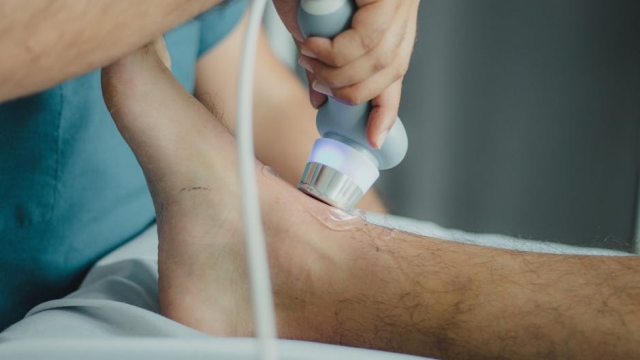
Red light therapy is an innovative treatment modality that has garnered attention for its potential benefits across various health conditions. It utilizes low-level wavelengths of red light to stimulate cellular processes, promoting healing and regeneration. As more people seek alternative therapies for pain relief, skin rejuvenation, and overall wellness, understanding the mechanisms and effectiveness of red light therapy becomes crucial.
Overview of Red Light Therapy
Red light therapy involves the use of specific wavelengths of light, typically within the red and near-infrared spectrum, to penetrate the skin and stimulate biological processes at the cellular level. The therapy works by energizing the mitochondria, the powerhouse of the cell, thereby enhancing ATP (adenosine triphosphate) production. This increase in energy can lead to improved tissue repair, reduced inflammation, and enhanced overall cellular function.
Scientific Studies Supporting red light therapy effectiveness
Numerous scientific studies have explored the effectiveness of red light therapy in various applications. Research has shown promising results for conditions such as:
- Wound Healing: Studies indicate that red light therapy can accelerate the healing process of wounds and injuries by promoting collagen production and increasing blood flow to the affected area.
- Pain Management: Clinical trials have suggested that red light therapy may alleviate chronic pain, particularly in conditions like arthritis and muscle injuries. The anti-inflammatory properties of the therapy contribute to pain reduction.
- Skin Rejuvenation: Red light therapy has been shown to improve skin tone, texture, and elasticity. It can help reduce signs of aging, such as wrinkles and fine lines, by stimulating collagen synthesis.
- Hair Growth: Research indicates that red light therapy may promote hair regrowth in individuals with androgenetic alopecia (pattern hair loss) by enhancing cellular activity in hair follicles.
These studies highlight the growing body of evidence supporting the various therapeutic benefits of red light therapy, making it a compelling option for those seeking non-invasive treatments.
Comparative Analysis with Other Therapies
When assessing the effectiveness of red light therapy, it is helpful to compare it with other treatment modalities. For instance, laser therapy, which also utilizes light to stimulate healing, can sometimes deliver more intense energy to a targeted area. However, it may also carry a higher risk of side effects, such as burns or discomfort. In contrast, red light therapy is generally considered safe and painless, with minimal side effects.
Physical therapy, another common treatment for pain and rehabilitation, often involves manual manipulation and exercise. While effective, it can require more time and effort from the patient. Red light therapy can complement physical therapy by enhancing recovery times and reducing inflammation, allowing patients to engage more effectively in their rehabilitation processes.
Choosing a Red Light Therapy Device or Treatment
For individuals considering red light therapy, selecting the right device or treatment option is crucial. It is important to look for devices that emit light at the appropriate wavelengths, ideally between 600 and 900 nanometers, to achieve the desired therapeutic effects. Consulting with a healthcare professional who understands the nuances of red light therapy can provide guidance tailored to individual health needs.
Additionally, consider the device’s safety features, ease of use, and any potential side effects. While the therapy is generally safe, some individuals may experience mild redness or irritation in the treated area. Monitoring your response to treatment can help ensure a positive experience.
In summary, red light therapy effectiveness is supported by a growing body of scientific research, demonstrating its potential benefits in various health conditions. Whether used alone or in conjunction with other therapies, it offers a promising avenue for those seeking to enhance their well-being and address specific health concerns. For more information on equine applications of red light therapy, you can visit this resource.



